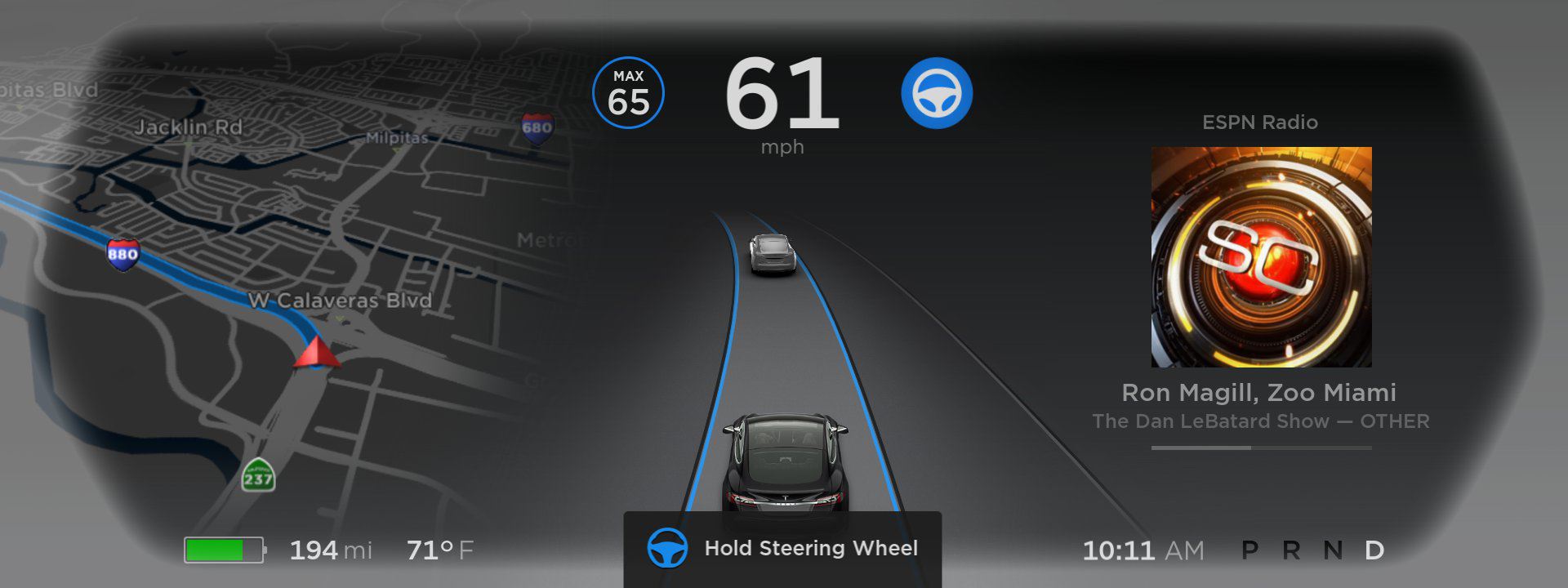Tesla announced on Tuesday that its best-selling vehicles, the Model 3 and Model Y, will no longer use radars but rather a camera-based system. ‘Tesla Vision,’ as it is dubbed, will be integrated into cars served to the North American market, with deliveries planned for May 2021.
According to the tech giant, these will be the first-ever Tesla vehicles to rely entirely on camera feedback to deliver features like autopilot, lane changing, and even full-self-driving.
Removing the forward-facing radar sensors from these popular models from Tesla is a significant move. Most automakers rely on radar to help a car “see” objects at speed. Radar also assists in poor weather and visibility.
However, Tesla CEO Elon Musk has rallied against unnecessary sensors in the past, famously calling another technology, known as LIDAR, a “fool’s errand.” Musk has long supported the use of a visual-based system for autonomous cars, which comprises cameras and ultrasonic sensors.
Nevertheless, the ‘Tesla Vision’ transition will face some challenges initially. Tesla mentioned in a blog post that some of its Autopilot features would be inactive for a limited period of time. For example, Autosteer will only be functional up to a maximum speed of 75 mph. Other self-driving features such as Smart Summon and Emergency Lane Departure Avoidance may be disabled upon delivery.
See Also: Despite Musk’s Criticism, Tesla Appears To Be Testing Advanced Lidars
All other Autopilot features are said to function normally, with over-the-air software updates enabling full access in the coming weeks, although a specific date was not confirmed. Tesla also confirmed that customers who have already ordered the Model 3 and Model Y would be informed about the Tesla Vision transition prior to delivery.
Why the Model 3 and Y, first?
According to Tesla, the reason that the Model 3 and Model Y has been chosen as the first models to inherit Tesla Vision is that they are the most sold EVs in the line-up, and Tesla believe that this will allow them to “analyze a large volume of real-world data in a shorter amount of time” — a move they believe will speed up the process of Tesla Vision integration into other Tesla vehicles.
Tesla continues to warn customers on their website that Autopilot, as well as their new $10,000 FSD (Full Self Driving) package, requires active supervision, reminding owners (who are notorious for believing that their Tesla is safe to be operated without any form of human input) to remain vigilant on how their Tesla is driving.
The ditching of Radar sensors also validates earlier claims from Elon Musk that Tesla is committed to offering full autonomy without the help of LIDAR sensors. Had Tesla made the switch to LIDAR (as some predicted when a Model S mule with LIDAR equipment was spotted on test), it would have isolated those who have already purchased the camera and radar-based cars.
However, with Tesla now relying solely on cameras for autonomy, it’s an important step forward for all Tesla vehicles and owners. Whether it’s the right move or if other manufacturers follow suit remains to be seen.










